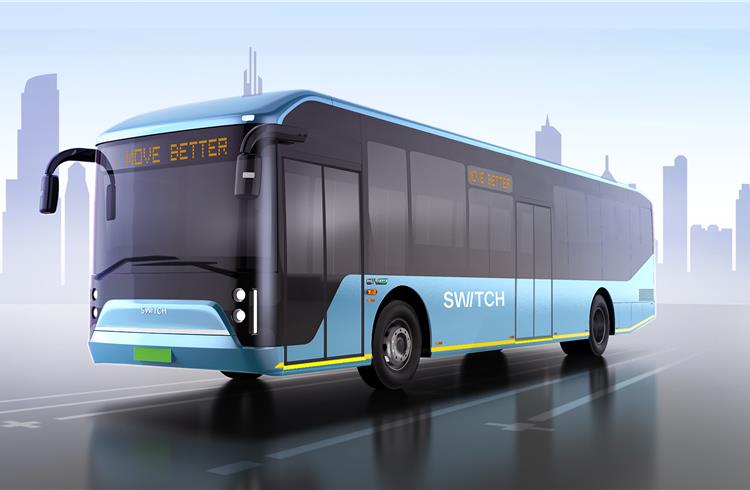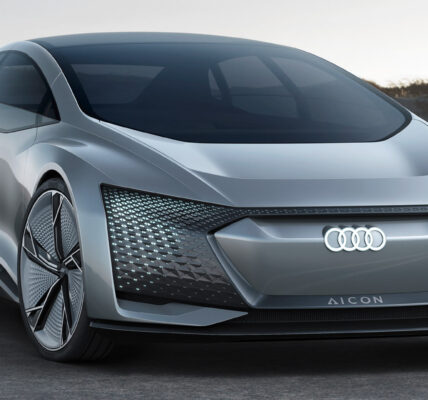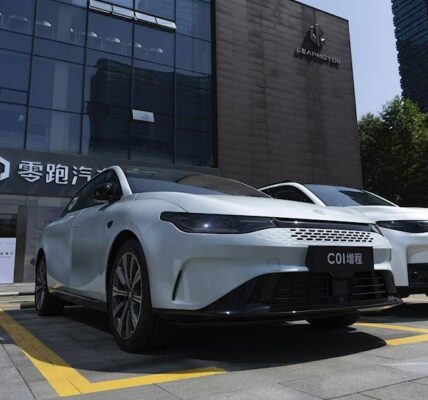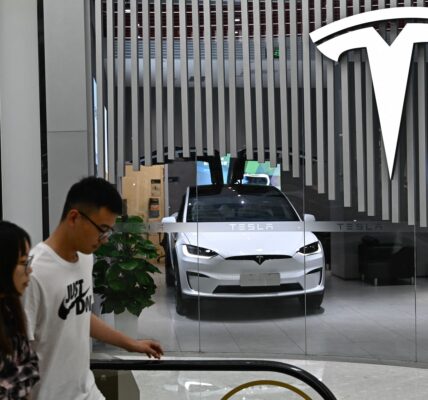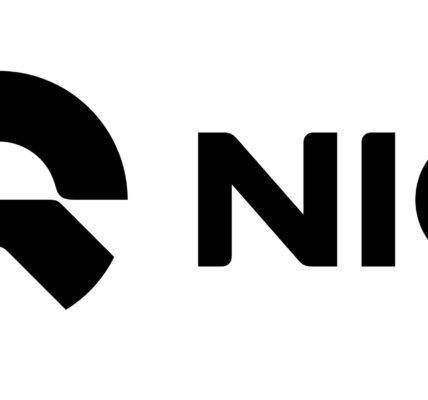The global electric bus market is valued at an estimated USD 21.3 billion in 2024 and is projected to reach USD 68.5 billion by 2034, growing at a CAGR of 12.4%.
The electric bus market has witnessed remarkable growth in recent years, fueled by environmental concerns, government support, and technological innovations. As nations increasingly focus on sustainability and reducing greenhouse gas emissions, electric buses have become a promising solution for public transport systems.
One of the primary growth drivers is the heightened awareness of the environmental impact caused by conventional fossil fuel-powered vehicles. Rising concerns over air pollution and climate change have prompted governments and municipalities to adopt cleaner, more sustainable transportation alternatives. Electric buses, with zero tailpipe emissions, are a compelling option for minimizing carbon footprints.
Supportive government policies and incentives have further accelerated the shift towards electric buses. Many countries and cities have introduced measures such as subsidies, tax benefits, and mandates requiring public transport fleets to transition to electric, significantly boosting the adoption rate.
Understanding the Electric Bus Market
The electric bus market is rapidly evolving, driven by a global push toward sustainable transportation and advancements in electric vehicle (EV) technology. As cities and governments aim to combat climate change and reduce urban pollution, electric buses have emerged as a cornerstone of modern public transport systems.
Key factors influencing the market include environmental concerns, government incentives, and technological progress. Electric buses provide a zero-emission alternative to traditional diesel-powered buses, significantly cutting greenhouse gas emissions and improving air quality.
Governments worldwide are implementing policies to accelerate adoption, offering subsidies, tax benefits, and setting fleet electrification targets. Meanwhile, advancements in battery technology, charging infrastructure, and energy efficiency are making electric buses more practical and cost-effective for operators.
This growing demand reflects a fundamental shift in the transportation sector toward cleaner, smarter, and more sustainable solutions.
Environmental Awareness: Rising concerns about air pollution and climate change are driving demand for zero-emission transportation solutions. Electric buses offer a sustainable alternative, reducing greenhouse gas emissions and improving air quality.
Government Support: Policies promoting electrification, such as subsidies, tax incentives, and public fleet mandates, have significantly boosted the adoption of electric buses globally.
Technological Advancements: Innovations in battery technology, charging infrastructure, and energy management systems are enhancing the efficiency, range, and affordability of electric buses, making them more competitive with traditional vehicles.
Cost Savings: Lower operating and maintenance costs compared to diesel buses make electric buses economically appealing to transit authorities and private operators.
Urbanization and Smart Cities: The rise of urbanization and the development of smart cities emphasize the need for cleaner and smarter public transportation systems, further fueling the demand for electric buses.
Challenges Faced by the Electric Bus Market
High Initial Costs: The upfront cost of electric buses, including batteries and charging infrastructure, remains significantly higher than traditional diesel buses, deterring some buyers.
Limited Charging Infrastructure: The availability and scalability of charging stations are insufficient in many regions, hindering smooth operations and adoption rates.
Battery Performance: Concerns around battery lifespan, range limitations, and degradation over time pose challenges, especially for long-haul or high-capacity routes.
Grid Dependency: The increased demand for electricity to power fleets can strain local power grids, requiring substantial upgrades and investments in energy infrastructure.
Lack of Standardization: Variability in charging protocols and vehicle designs complicates integration and interoperability across different manufacturers and regions.
Cold Weather Efficiency: Electric buses often experience reduced performance and range in extreme temperatures, posing challenges for regions with harsh climates.


